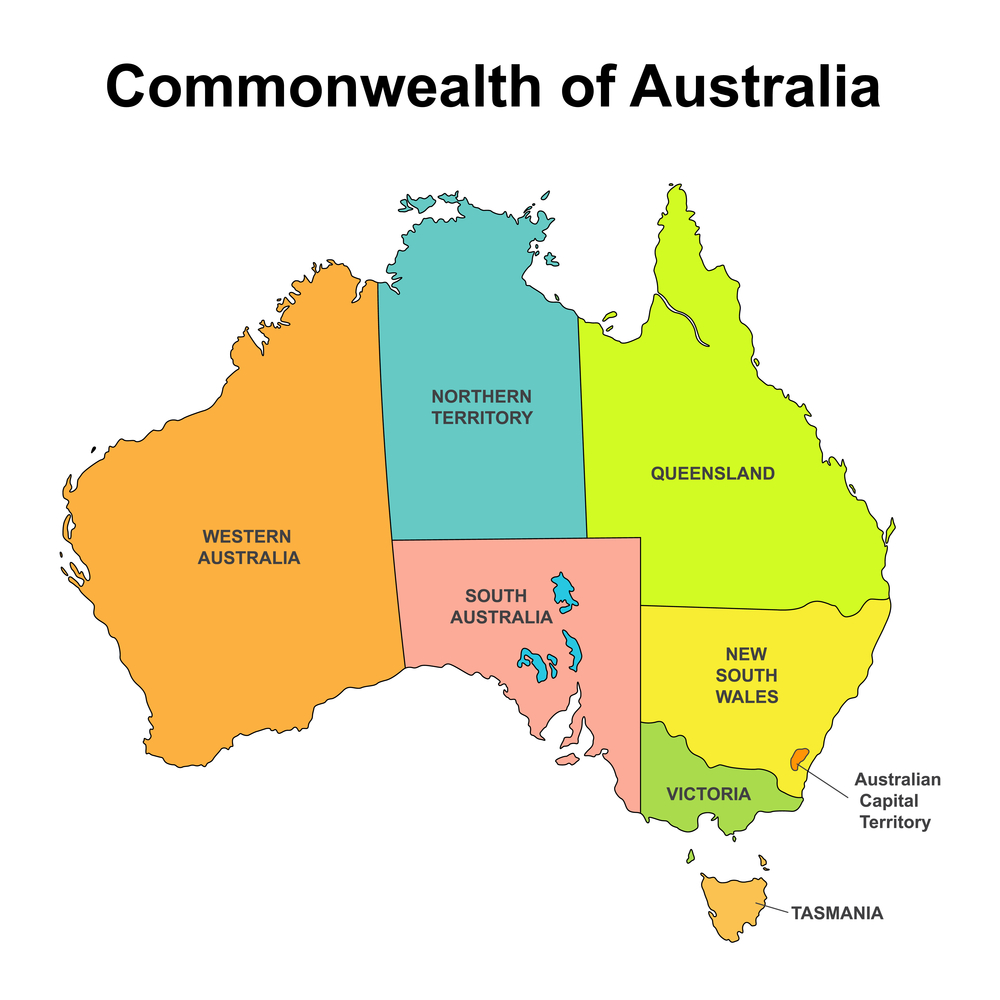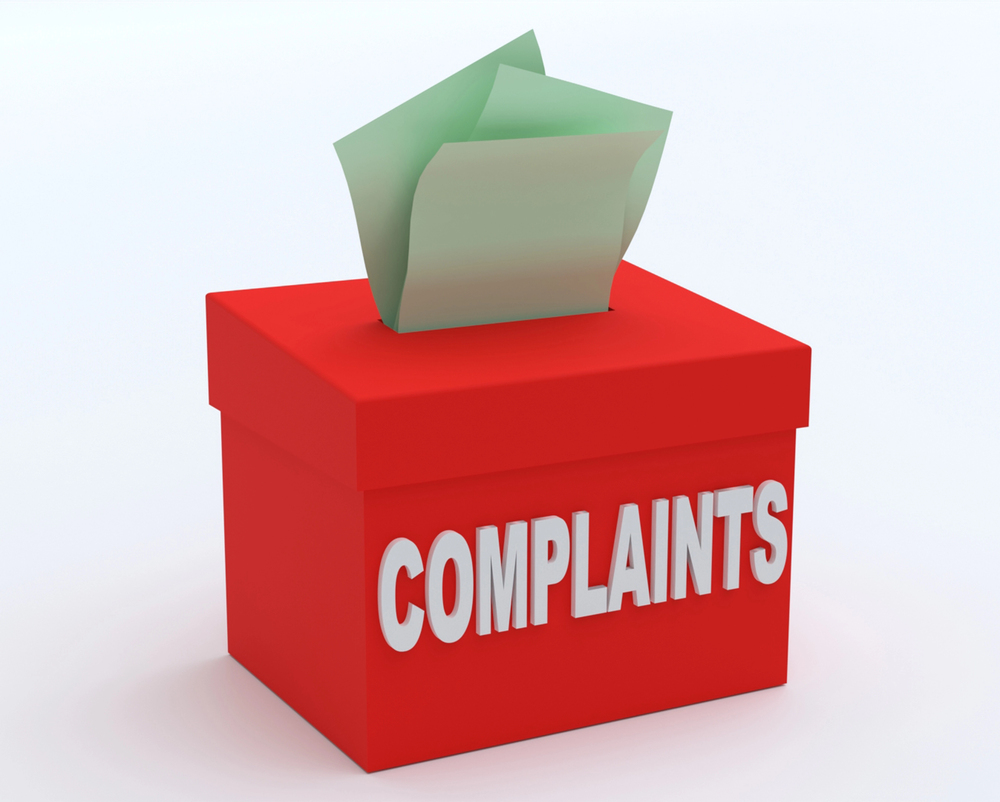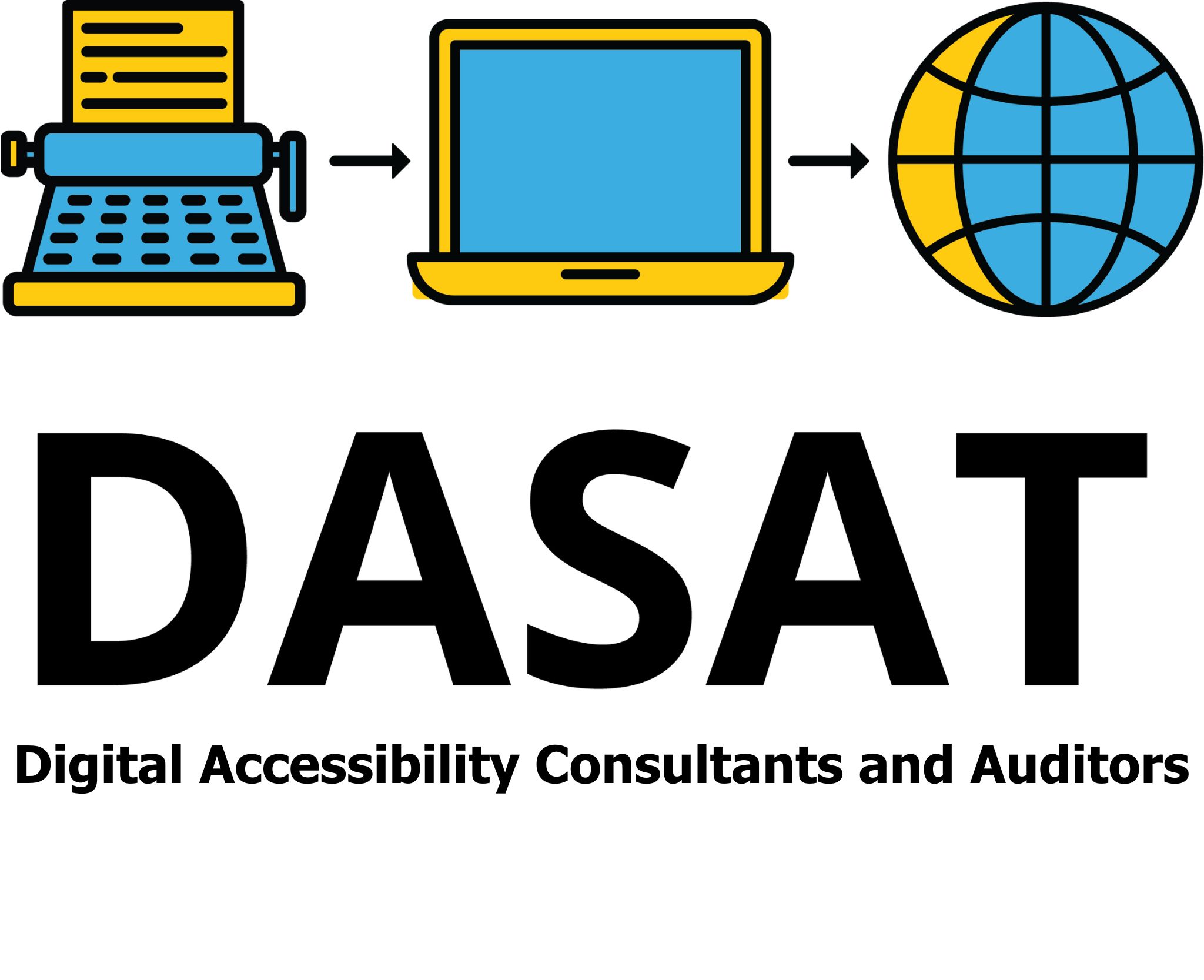
Understanding Discrimination Laws and Digital Accessibility in Australia
Discrimination is when someone is treated unfairly simply because of who they are. In Australia, laws have been put in place to help stop this from happening. These laws apply to many parts of life from workplaces, schools, transport, even websites and digital tools. So, what are these laws? Who enforces them? And what can you do if you feel like you’ve been treated unfairly?

What Counts as Discrimination?
Discrimination happens when people are treated differently or unfairly because of excuses like their age, race, gender, disability, religion, or sexuality. It can show up in two key ways:
- Direct discrimination is when someone is clearly treated worse because of a personal feature.
- Indirect discrimination happens when a rule or system applies to everyone but ends up making life harder for some people more than others.
For example, if a school refuses to enrol a student because they have a disability, that’s direct discrimination. If a company only offers forms that aren’t accessible to someone who uses a screen reader, that could be seen as indirect discrimination.

National Discrimination Laws
Australia’s key national law is the Disability Discrimination Act 1992 (DDA). It says that people with disability must be treated fairly. This includes things like being able to enter public buildings, get a job, access education, travel on public transport, or use websites and mobile apps.
Another important law is the Australian Human Rights Commission Act 1986. This law gives people the right to report unfair treatment and allows the Australian Human Rights Commission to look into those complaints.
These federal laws apply across all states and territories.

State and Territory Laws
Alongside national laws, each state and territory has its own set of rules covering discrimination. While they are similar to federal laws, they may cover different situations or offer extra protection.
Here are the laws for each state:
- Victoria – Equal Opportunity Act 2010
- New South Wales – Anti-Discrimination Act 1977
- Queensland – Anti-Discrimination Act 1991
- South Australia – Equal Opportunity Act 1984
- Western Australia – Equal Opportunity Act 1984
- Tasmania – Anti-Discrimination Act 1998
- ACT – Discrimination Act 1991
- Northern Territory – Anti-Discrimination Act 1992
Each state or territory also has a local organisation that deals with complaints.:
- Victorian Equal Opportunity and Human Rights Commission
- NSW Anti-Discrimination Board
- Queensland Human Rights Commission
- Equal Opportunity South Australia
- West Australia – Equal Opportunity Commission
- NT Anti-Discrimination Board
- Equal Opportunity Tasmania
These bodies can offer help, give advice, and work with you on next steps.

What Happens When Laws Overlap?
Sometimes both state and federal laws might apply to the same situation. If they don’t clash, both can be used. But if they say different things, the federal law usually wins.
This gives people options, you can decide whether to make your complaint under a national law or your state’s law, depending on which one best fits your case.

Who Makes and Enforces the Laws?
The Australian Government creates and enforces national anti-discrimination laws. The Australian Human Rights Commission is the main body that looks into complaints made under federal laws.
Each state and territory government also manages its own laws and has its own complaint-handling agency. These local bodies can investigate issues that happen within their borders.

How to Make a Complaint
If you believe you’ve been discriminated against, here’s how you can take action:
- Lodge a Complaint
Head to the Australian Human Rights Commission website to fill out a form. You can do this online or by post. You’ll need to explain what happened and who was involved. - Complaint Review
The Commission will decide if your complaint fits within the law. If it does, they’ll contact the other person or business involved. - Try Conciliation
If both parties agree, a private discussion (called conciliation) is set up. This meeting is to help reach an agreement. Outcomes might include an apology, compensation, or changes in policy. - Go Further if Needed
If conciliation doesn’t solve the issue, you might be able to take the case to the Federal Court of Australia or the Federal Circuit and Family Court of Australia. You’ll usually need legal advice at this stage.
If your issue is covered by your state’s law, contact your local anti-discrimination agency. They have similar complaint processes and can guide you through what to do.

Final Thoughts
Everyone deserves to be treated fairly, whether it’s in the classroom, on the job, or when using a website. Australia’s discrimination laws, at both national and state levels, work together to make this possible. These laws protect people from being treated unfairly, including in the digital world.
If you think your rights have been ignored, you have every reason to speak up. The law is there to support you.
To find out more or get help, visit the Australian Human Rights Commission. If you want to improve digital access or learn more about inclusive online practices, check out DASAT.
Have you ever wondered how many people miss out on their rights because they don’t know the law is on their side?
